Tollga, Labaznik, Filipendula - This simple plant has several names. Culture among gardeners and polishes is valued, because the bloom is beautiful and long. Tollga flowers with red, white, creamy, purple and purple flowers, depending on the variety. The Tollga Grass is a medicinal plant, and people even say that the labaznik is able to cure 40 diseases.
Tollga ordinary. Description
Labaznik - a perennial, reaches in growth to meter, straight stem, beautiful-waving plant. Over the years, the labaznik was not considered as a separate type of plant, equated to the genus "Spiray", but quite recently the breeders were allocated to Toll as an independent genus, which includes several species.
Short Description: Toles white flowers, beige, pale yellow, diameter not more than 1 cm, are formed into separate panicles or bushes, reaching about 15 cm in diameter.
The leaves of the plant resemble the leaves of the fern, they are perishes and wide. Because of the large leaves, tavologists, a lot of moisture leaves in the heat of the plant. Because of this feature, some types of labaznik dry in mid-July-August, but this is a temporary phenomenon. After the heat falls, the plant is restored.
The labaznik has a weakly developed root system, per year the roots increase just 3 cm, sometimes less. This feature does not affect the flowering and development of the plant.
The flowering period is with the onset of summer, if the weather is favorable. Blossom continues for 6 weeks. During the flowering of Toll, a very pleasant fragrance resembling almonds with honey notes.
Where is the Tollga grow? In the wild, the Tollga is growing more at the reservoirs, where there is a lot of moisture. You can find a plant in wetlands, as well as on the meadows, in the forest at the foot and on the slopes of low mountains. This plant in wildlife can be found in the Caucasus and in Siberia, in Europe, Asia. In the wild, the Toll has greatly overgrown and quickly grow up, so you can see a whole impassable plantation of a labānik.
I wonder: fragrant tea can be made of the inflorescences of Toll. The drink will be with a pleasant honey aroma and flavor of almond.
Spiraea. Photo:
Tollga ordinary. Methods of breeding
- It is possible to propagate the plant or the division of an adult bush is a vegetative method or seeds (seed method).
Interesting the second option? Sharing an adult bush is needed in the autumn period after flowering. It is necessary to choose the largest, hardy and healthy plant with age 4-5 years, but not less. A bush gently dig and cut into several sprouts. Immediately it is necessary to start landing, as the Tollga without nutrients and moisture will not stand for a long time.
To cut the bush of an adult plant without any problems, the soil around it needs to be pole. Such a simple reception will also help save the weak root system.
Each separated part along with a part of the root system must be planted in a pre-prepared hole, at a depth of about 5 cm. Attention! The land is tight near the new shrub it is impossible!
You can try to plant only part of the root, also at a depth of 5 cm.
Soil requirements: fertile, pre-prepared soil for landing. The site needs to be accurate, deposit sand, mixed with peat.
- Plant Tollga can be tried to grow from seeds.
Reproduction of seeds: Taivat seeds at the discretion of summer houses, sit down or immediately in open ground, or on seedlings.
Where to buy landing material: in special stores, online stores or assemble yourself with a bush several dozen mature fruit. Collect seeds need in the fall, shoot right from the bush.
How to plant seeds:
- In the open ground landing in the autumn period or warm spring. If the seeds were planted in the winter, they will be more hardened, they differ quickly. If the landing was in the spring, then a small preparation is required. Namely, due to the fact that the seeds have a very dense shell, they need to soak them at least for a day in water. Such treatment with substances that stimulate the growth of the plant is allowed.
- Before you are ready to land, the soil must be poles well, make a groove in which to plant seeds. The distance of at least 10 cm is withstanding, if the area of \u200b\u200bthe plot is decent, then you can 15 and even 20 cm.
- When the first shoots appear, you must perform a standard thinning procedure (if necessary).
- As soon as the plants are slightly fixed, they should be transplanted to the permanent place of cultivation.
- Flowering in the year of landing do not wait, as the plant is slowly developing. Therefore, first flowering should be expected no earlier than in a year.
- And it is still important to cover the grooves after sowing for the winter so that young sprouts do not froze.
How to grow seed seedlings:
- before boarding the seeds, you need to dug one day in water;
- all seeds overlooking the surface - remove, they are unsuitable for growing seedlings;
- soil preparation: well moisturize;
- seeds pour out, distribute a smooth layer, earth not sprinkle;
- cover the pot or box for seedlings of the film, put in a warm place, isolated from direct sunlight;
- watering abundant, regular. Watch that the soil does not drive;
- 14 days later, the first sprouts should appear;
- when the seedlings are slightly strengthened, they perform a pickup into a separate pot and continue to care for plants;
- transplant to open ground - in the late spring or in the first week of June;
- in order not to damage the gentle roots, carefully remove the sprout along with the land of the earth, plant on the garden (pre-prepare a place to land, making a recess of 5 cm). Distance between plants at least 20 cm, maximum half meter;
- after planting abundantly paint the plot.
Features of the landing of Tavolga
To rejoice at the beautiful flowering of Tolody, it is necessary to clearly comply with all the recommendations for the cultivation:
- choose the right place on the plot. The labaznik loves a lot of warmth and light, so if you have chosen a well-lit place, expect lush flowering. Well, if it does not work, Tollga will feel good and on the shaded place. It will also be actively developing, only in conditions of growth on the shaded area, the flowers will not be saturated in color;
- soil: loose, well moisturized. In the wild, the Tollga can grow on a wetland, but for decorative varieties such a way will be destroyed. It is impossible to make water in the site. Sour soils - the plant will not stand, weakly acids are suitable, but best - fertile;
- immediately after landing in an open primer on the recommendation of experienced gardeners, you need to make feeding into the soil: it may be lime or wood ash. Under such conditions, the plant will be much easier to develop;
- subcarriage - as needed. See how Tollga is greatly growed. If the stems began to bend, break or fit on the ground (especially during the period of active flowering), it is impossible to allow this;
- watering is abundant, but without water stagnation. Tollga loves water very much, you need to ensure that the soil is constantly moisturized. There is an exception: Tollga ordinary does not like a lot of moisture. This type of plant develops perfectly in a dry light soil and perfectly worries drought;
- making feed during the growing season: 1 or a maximum of 2 times. You can enter both the organic and minudging. But this plant does not need fake, if the soil is fertile and comply with all the recommendations for watering and care;
- pruning - at the end of summer or in early September. After flowering, all the inflorescences are desirable to remove, as the plant looks untidy;
- an adult plant tolerates the winter perfectly, so it is not necessary to cover it. But it will have to trim the stems, it is a prerequisite for the preparation for wintering. The above-ground part of the stems is a maximum of 8 cm, no longer makes sense.
Fighting pests and diseases of Toll
The plant is practically not subject to illness, in the wild, sometimes "attacks" on a weak rust plant or malicious dew. Interestingly, the vulnerable varieties of Tolga do not expose these diseases. But this does not mean that the cultivation and care of the Taivagoy is an easy task. Sometimes gardeners are found on the leaves and shoots green spots. Over time, they become lighter, and if he is very hot, they begin to crack. This disease is called ramularity. Such one processing of fungidians and the disease retreats.
Pests are attacking a labaznik: it is a pipeberry and a word. But from unwanted guests to get rid of simple: it is also necessary to treat the plant with special drugs.
When to collect Toll?
The most valuable from Tolody is inflorescences and roots. It is clear that the acquisition of medicinal components will not coincide, because the inflorescences are the very first to form only at the beginning of summer. Blossom lasts 1.5 months and all this period can be collected raw materials.
Recommendations for the collection of raw materials and drying:
- collect only the best: the inflorescences are strong, not sluggish;
- collect any raw material for making medicine - only in an environmentally friendly place. It is not allowed to collect raw materials near the highway, industries and a trash dummy;
- it is necessary to go on the collection only in the first half of the day, it is best - in the early morning, while Rosa does not dry. Then the collected inflorescences will continue aroma and more useful substances;
- cut the stalks are needed by a secateur or sharply sharpened scissors. Do not break the stalks!
- dry blanks in the shade, in a well-ventilated room, small beams. Build bundles on the loggia or in the attic. If the herbs are not very much, then you can put it in the shaded room. Lay out on the burlap, but in no case - on the newspaper or magazines;
- finished raw materials fold into paper bags or boxes. Keep in a dry place, away from sunlight. A short storage of raw materials in a glass jar is allowed, with a well-twisting lid;
- when everything is done correctly, the raw material is stored for 2 years without losing healing properties.
Rhizomes and roots take on the plant in the autumn period. A favorable time for collecting is the first two months of autumn. Just the growing season is completed and the nutrients are accumulated in the root system, since the plant is actively preparing for wintering.
Collecting roots and their proper storage differ from the collection of flowers, so the requirements are different here:
- the harvesting rhizomes only after drying the upper part, when the leaves, and the stalks will die;
- choose a healthy, not damaged plant;
- you need to dig up very carefully, since the roots are fragile;
- the roots take the side small roots and the above-ground part, rinse in the water, look carefully. If there is a damaged plot of small in the area, it can be cut, but it is better to use absolutely whole, not damaged rhizomes for treatment;
- washing roots under running water, you need to dry, laying out on cardboard or burlap, putting a dry grass on a board or towel;
- when the raw materials dry, after a thorough inspection, grind and re-lay on drying a thin layer;
- separate tubers are allowed to cut into thin slides or cubes;
- permissible drying roots in the oven at low temperatures (no more than 50 degrees), but best in a special device - drying;
- if the weather is not changeable, drying is allowed on the street, but then you need to be extremely attentive, so as not to spoil the collected raw materials;
- during drying, it is necessary to periodically move roots, especially large so that a destructive mold does not appear;
- whole, correctly dried roots are very fragile, the characteristic crunch is heard during division;
- you can store raw materials both in cardboard boxes and in fabric bags or in glass containers in a dry shaded, and better in a dark place. Storage period - up to 5 years!
Therapeutic properties, benefits and contraindications of Toll
As they speak in the people - Tollga will save from 40 diseases. And this is true, because this plant is an excellent antiseptic, well helps to cure cough with bronchitis, will remove the unpleasant feelings of the manifestation of diseases of the joints, gout, hypertension, will help cope with these ailments.
Classic application: Cooking infusion from dry raw materials. A glass of boiling water needs to take a large spoonful of grass, insist for an hour, straighten through the siete and drink three times a day for half an hour before eating 60 ml.
With hypertension, the recipe for the preparation of the healing drink is slightly different: you need to take the same amount of water, a tablespoon of crushed roots of the plant, warming up a quarter of an hour in a water bath, then insisted within an hour. To clean the drink (after filtration) add boiling water so that only 200 ml is in volume. To drink half an hour before eating three times a day for 2 big spoons.
Using chasters and infusions from the tolody and to improve hair growth. This recipe has long been forgotten and only units use the gifts of nature. Take 3 large spoons of dried colors, pour 0.5 liters of boiling water, insist 30 minutes. When the infusion cool down a little, they need to rinse the hair of 10-15 times, and at the end when the infusion is cool, the remaining fluid in the roots should be labeled.
There are no contraindications, but each person should know that before proceeding with the treatment at home, it is necessary to consult with the doctor.
Delicious drinks for the whole family:
- We are preparing tea from the flowers of Toles (200 g) and rosehip (20 g). Berries need to grind, add tolody flowers. Take 1 tsp from the resulting mixture, pour boiling water (200 ml). It is allowed to add to any tea a pinch of dry flowers of the plant to impart a fragrance.
- How to make wine: Take 1 l can of dry flowers of plants, 1 kg of sugar, water - 3.5 l, citric acid 3 tsp, Handful of raisins, crust, removed from one orange and more plus 500 ml for syrup. We are preparing like this: I fill the water flowers, leave for a day, then flickering the liquid, the flowers are pressed to give more aroma. To this water put the acid, raisins, crushed zest. Creamed a separate sugar syrup and 500 ml of water. We pour everything into the bank, we leave in the room for 3 days, then put the hydrotheking for fermentation. When the process is completed, the wine needs to merge carefully, so as not to disturb the precipitate. Young wine must be put in the cellar for the ripening. Any cool and dark place is suitable. Exposure duration - 6 months. Mature wine will require filtering (through a four-folded gauze), the finished product needs to be poured on the bottle and squeeze. Wine is ready to use.
Now you know how to grow toll, care for, harvesting and what to do with it. We wish good luck and remind, do not engage in self-medication!

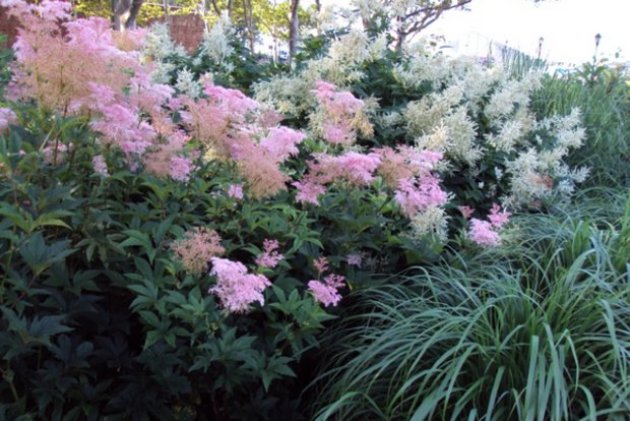


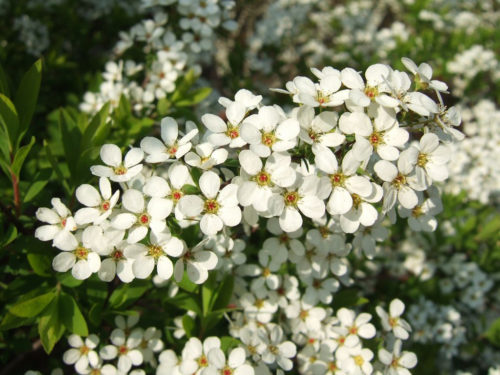
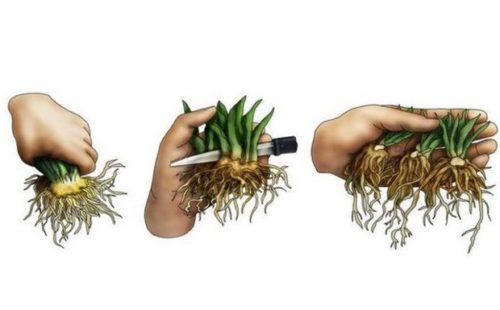
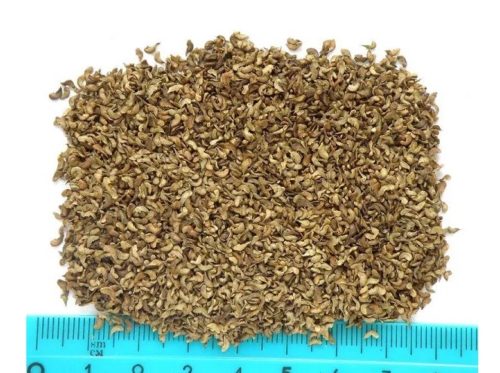
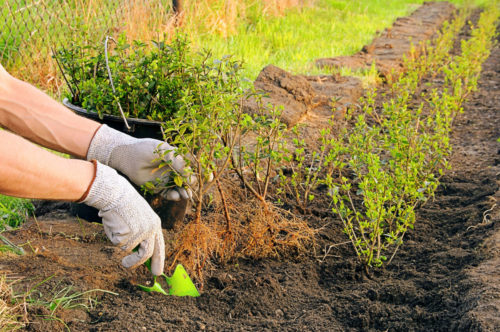
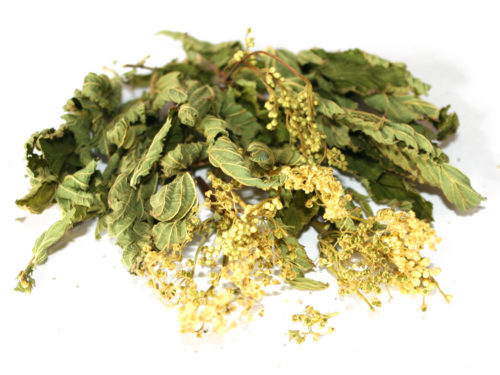
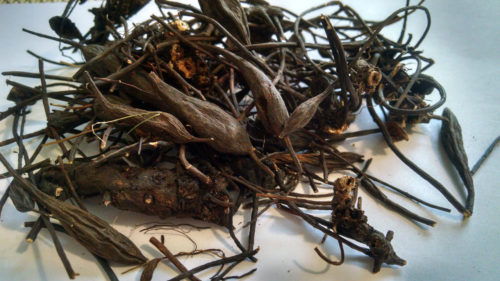
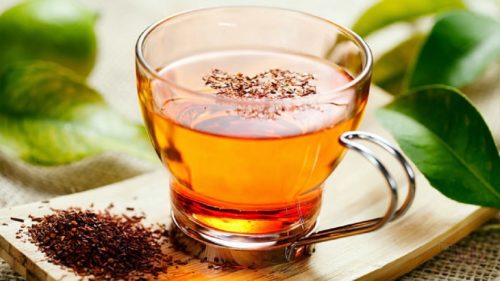












 Start a discussion ...
Start a discussion ...